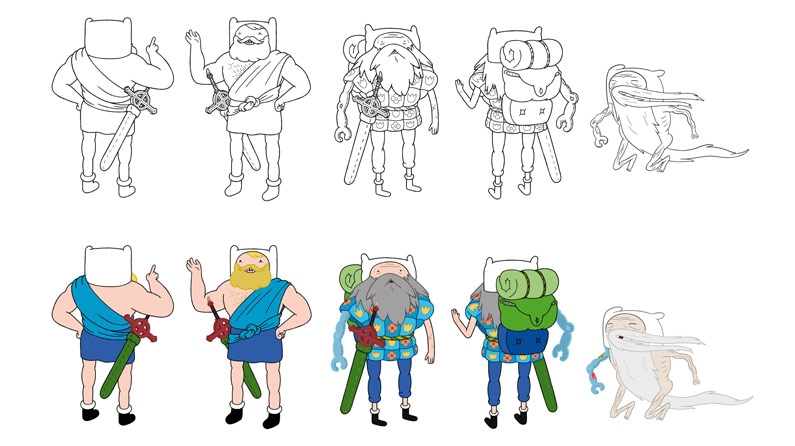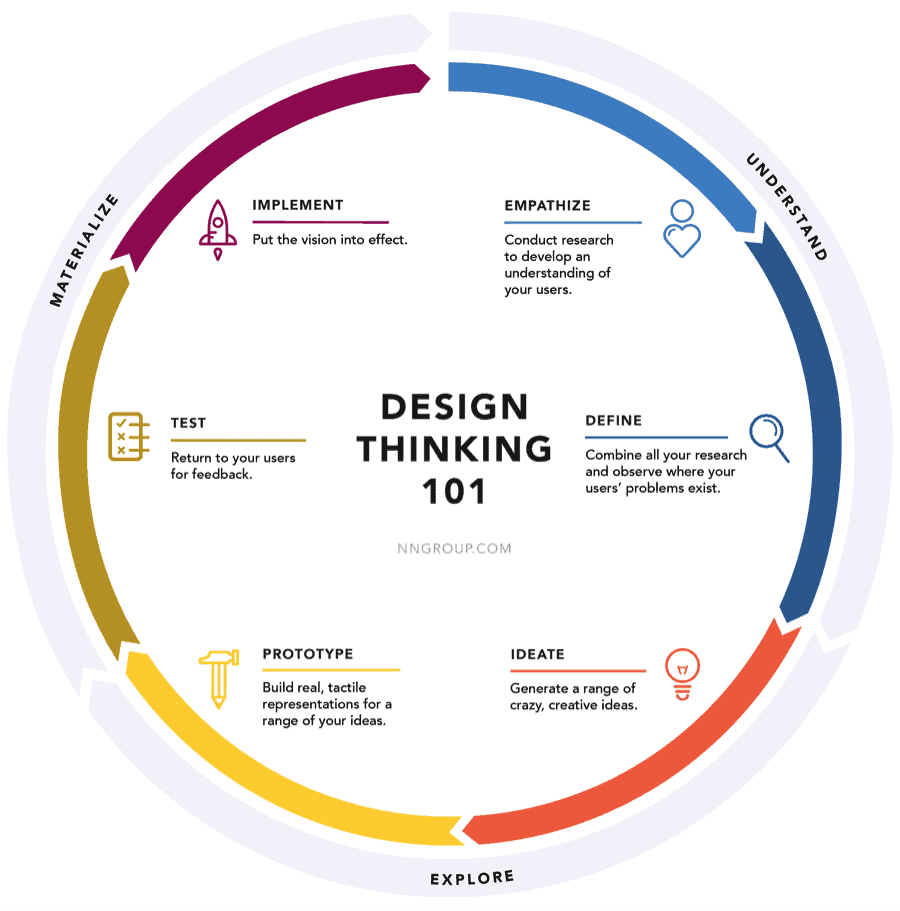Table Of Content

Experiment with proportions to craft characters that are not only unique but also visually captivating. When you strip down your character to just black, the rule is that your character must be recognizable from that alone. There isn't a single famous character that doesn't follow this rule. This underscores the importance of a design that transcends intricate details and remains iconic even in its most simplified form. Start with the pose and the silhouette, then work your way down from there. This helps save you time and prevent you from having to start over because your silhouette is not readable.
Key components of good character design:
As well as knowing when to exaggerate, Ørum is also keen to highlight the importance of simplicity. It's easy to subconsciously let our favourite designs influence us. Cornelia Geppert, CEO of indie games studio Jo-Mei, is a huge fan of The Last Guardian, with its unique aesthetic and great video game character designs. If you are planning to make a short, and already have an idea about the story, the next step, on paper, is to structure a working script. Before starting with your design and modelling process, make sure you write down and know the psychology of your characters, and what they will be doing.
How to design a character: the ultimate guide to character design
The best character design books in 2024 - Creative Bloq
The best character design books in 2024.
Posted: Sun, 30 Jul 2023 07:00:00 GMT [source]
A firm grasp on color theory and color psychology as well as learning from the colors in your reference images all can help you identify the ideal color palette. You can find reference material from virtually any source—Pinterest, Google images, ArtStation, Dribbble, even your own camera roll. You can also gather reference images for anything you’re unsure about—from the character concept as a whole to specific details like clothing, hairstyle, facial expression, poses and more. The important thing is that each of these images help you visualize your concept.
Showcase your vision with elegant shot lists and storyboards.
Exaggerating emotions, movements, and gestures make them easier to read and more lively. You can observe this in most animated films where facial expressions or movements are often exaggerated. Exaggerating your character can also make it more expressive and relatable. Shapes have different meanings and can impact how people perceive your character. Generally, squares convey things like robustness, strength, and seriousness.
We can often read the emotion or action the character is taking from a good silhouette. A bad design often has silhouettes that are hard to read and distinguish from a crowd. Be sure to make the gestures and features clear and easy to read. Archetypes are useful because it helps you choose the personality and characteristics of your character. Some common archetypes include the hero, magician, jester, outlaw, and warrior. It can also help to ask yourself if your character is good, evil, or neutral.
Baldur's Gate 3 Character Creation Tips - GameRant
Baldur's Gate 3 Character Creation Tips.
Posted: Wed, 31 Jan 2024 08:00:00 GMT [source]
Methods for Adding Colour to Your Design
Familiarize yourself with the software program's features to get the most out of the final design work. Carve your niche as a character designer with these tips from the industry's most successful artists. There are a ton of portfolios of established character designers you can learn from. Just by getting the mindset to always break down things into patterns and study them, you will learn more from it than from any book or tutorial out there. One of the best places to search for great portfolios is ArtStation.
Creating a pose with a readable silhouette!

I like looking to literature in these situations, and Sally Rooney, author of best-selling novel Normal People, certainly has a sound understanding of character development. She describes her process by first creating a relationship between two people, with their specifics coming in later. In the meantime, you might also be interested in checking out our article on the 5 easy ways to make your own cartoon character, for non-illustrators. For starters, in order to know why and how something works, you got to break it down.

You don’t have to go as in-depth as an author might, but having an idea about who the character is and what they do can help spark your imagination and draw something that jumps off the page. Practice these character design tips, and tag us on social when you bring your character to life. The next step is finalizing your character's details and entire design. Your medium will vary depending on how you plan on using your type of character. A comic book artist might finalize their character with ink and colored pencils on paper. Even if you’re not creating an animated character, you must give them facial expressions and a range of emotions that align with their personality and further emphasize their traits and physical appearance.
How to Make Your Own Characters with Fotor
Whether you want cartoon characters drawing, fantasy character design, or animation character design, you can do it all here! Character designers use a combination of artistic skills, storytelling knowledge, and cultural references to bring characters to life. The goal is to evoke emotions, convey a story, and establish a lasting connection between the audience and the characters. Your character design should be based on who your audience is.
Whether you’re creating mood boards, pinning your favorite pictures, or simply looking for some inspiration, Pinterest and other galleries like Artstation are a great place to start. If you’re working with a client who already knows the backstory of the character — like an author — you can simply ask them for the information you need to proceed. This way you can make sure that the character’s hair is actually flaming red or that they’re holding an archery bow, like they asked. But if that’s not an option, invest some time in coming up with a rough character profile yourself 一 it’ll help you create a more coherent and consistent design, and will be worth it in the long-run. A first step to center storytelling is to start thinking about backstory.
I like using complimentary colours for characters who are in love, or contrasting colours for characters who hate each other. You can really lean into colour to develop your character and reinforce the viewer’s association with colour and emotion. There is a universal scientific understanding of how colours interact with each other, so taking this into consideration, your colour palette is vital.
The other colors on your palette should support this color, not compete with it, to avoid making your palette too crowded. Another important trick to make sure your silhouette is balanced is to flip the canvas frequently while you draw. Our brains are fantastic at drawing conclusions of their own, filling in information, and correcting proportions without our knowledge. If you don’t stay vigilant, you may end up drawing a lopsided character without even noticing.

No comments:
Post a Comment